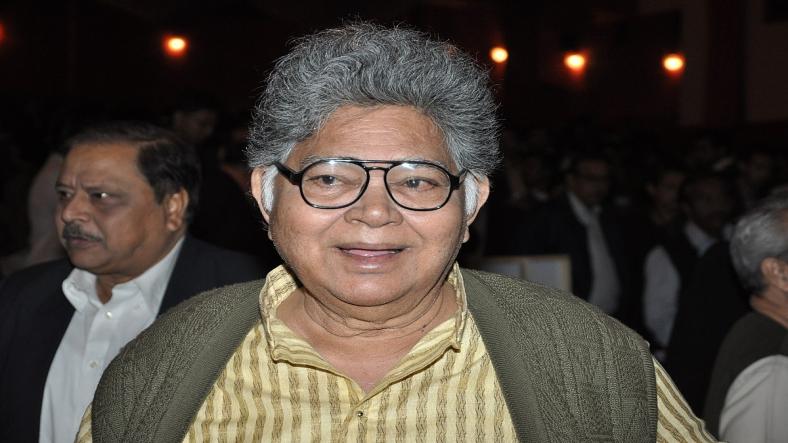Sunil Gangopadhyay was more than just a writer—he was a storyteller who breathed life into the modern Bengali literary landscape. Born in 1934 in Faridpur (now in Bangladesh) and later settled in Kolkata, Sunil’s words captured the spirit of post-independence India, the restlessness of the youth, and the quiet ache of human relationships.
He wrote across genres—poetry, novels, short stories, children’s literature, and even travelogues—yet never felt confined by any. He co-founded the influential literary magazine Krittibas in the 1950s, which became a hub for experimental and modernist poetry in Bengal. For a generation of Bengali readers, his name came to signify a bridge between romanticism and realism, between personal introspection and social rebellion.
Literary Journey
- His poetry initially took center stage, especially during the Hungry Generation movement, where he voiced his disillusionment with the establishment and gave expression to existential despair and youthful angst. But it was his novels—like Sei Somoy (Those Days), Pratham Alo (First Light), and Aranyer Din Ratri (Days and Nights in the Forest)—that cemented his reputation as one of Bengal’s greatest storytellers.
- In his fiction, he explored themes like urban alienation, politics, love, loss, and intellectual freedom. He had the unique ability to write for both the thinking elite and the everyday reader. Characters in his stories were complex—often flawed, often searching—mirroring the societal churn of their times.
- His detective series featuring Kakababu, a one-legged, brilliant adventurer, became immensely popular among young readers and was later adapted into films.
Cultural and National Impact
- Sunil Gangopadhyay’s influence wasn’t limited to literature. He was an outspoken voice on matters of freedom of expression, and during his tenure as President of the Sahitya Akademi, he defended writers’ rights and championed diversity in Indian literature.
- His literary works have been translated into many Indian and foreign languages, earning him recognition beyond Bengali readership. He was awarded the Sahitya Akademi Award, Ananda Puraskar, and many other accolades for his contributions.
- Several of his stories were turned into iconic films by directors like Satyajit Ray, Mrinal Sen, and Goutam Ghose, further amplifying his reach and relevance.
A Writer of His Time—and Beyond
- What set Sunil apart was his fearlessness—in both form and content. Whether writing about revolutionaries, poets, travelers, or misfits, he never sugarcoated reality. His language was rich, yet accessible. His stories were rooted in Bengal, yet carried the weight of universal truths.
- Even after his death in 2012, his writings continue to resonate with younger generations, who discover in his pages a mirror to their own inner journeys.
Summary
Sunil Gangopadhyay was a literary force who helped shape the conscience of post-independence Bengal. Through poetry, prose, and imagination, he explored the human psyche and the shifting tides of society with honesty and depth. He remains an uncompromising voice, reminding us that literature must not just reflect life—it must challenge it, question it, and elevate it.
Thanks for reading the article, for more great peoples related articles read our peoples blog articles.










